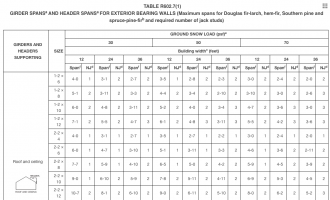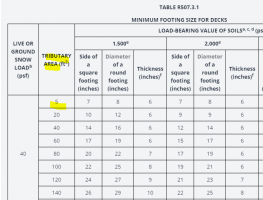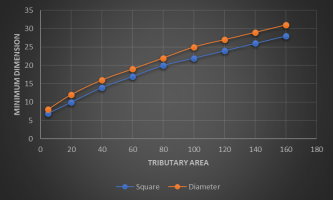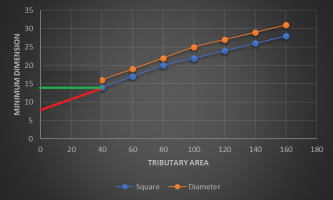jar546
CBO
We know that in the IRC tables, we could interpolate to find a fitting value, but we cannot extrapolate because that is projecting. The AWC DCA-6 Manual, one of my favorites, specifically tells you that you can interpolate but you cannot extrapolate their tables and charts.
Does the IRC also make that clear?
Does the IRC also make that clear?






